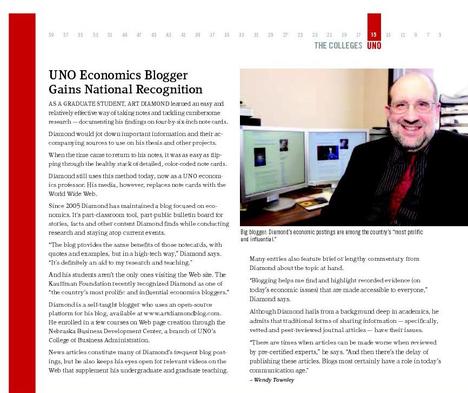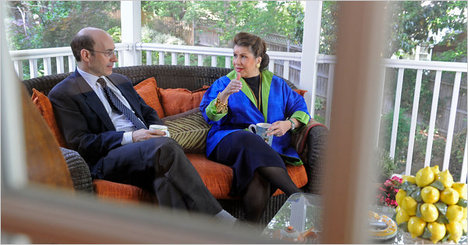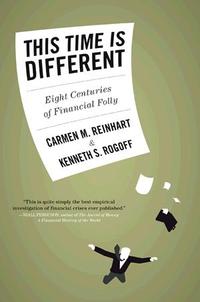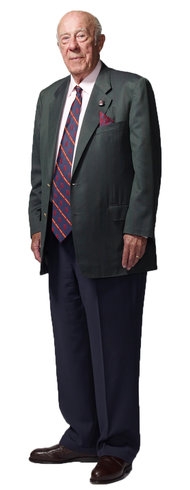 “Mr. Bechard came to blows when he encountered the organizer of a national culinary contest held in Portland, over the winning pig from Iowa. He objected to the pig’s origin because the flier he received from the event advertised local farms and local chefs.” Source of caption and photo: online version of the NYT article quoted and cited below.
“Mr. Bechard came to blows when he encountered the organizer of a national culinary contest held in Portland, over the winning pig from Iowa. He objected to the pig’s origin because the flier he received from the event advertised local farms and local chefs.” Source of caption and photo: online version of the NYT article quoted and cited below.
(p. A9) In its song “Portland Sucks,” the local band White Fang pokes profanely at everything from the city’s joblessness to its self-obsession and sometimes counterintuitive rigidity, from “angry vegans” to outspoken disciples of do-it-yourself (“DIY”) culture (p. A12) — localism in the extreme.
“Being elitist about it is kind of counterproductive,” said Erik Gage, 21, the band’s lead singer, . . .
. . .
For Mr. Bechard, it came down to this: never should a pig from Kansas or Iowa have even been entered in the contest; it only made it worse that the Iowa pig won. After all, there are Red Wattle heritage pigs raised right here in Oregon. The chefs who competed work in Oregon, and most promote locally produced food.
“I get there and I get the flier and I’m immediately sickened because I’m seeing ‘local,’ ‘sustainable,’ ‘local farms,’ ‘local chefs,’ ‘local wine,’ ” Mr. Bechard recalled, “and then two of the pigs are from Kansas and Iowa? I’m looking at my friend and he said, ‘Eric, just let it go.’ ”
Many hours and drinks and insults later, witnesses told police Mr. Bechard was the aggressor when he encountered Brady Lowe, the event’s Atlanta-based organizer, outside a bar. Words were hurled and fists flew. The police came, firing Tasers and pepper spray.
Mr. Lowe, who said his leg was fractured in the fight, said Mr. Bechard “missed the big picture” . . .
“To grow you need to bring in ideas from the outside or you’re just living in a closed community,” he added.
For the full story, see:
WILLIAM YARDLEY. “Portland Journal; The Pride and Prejudice of ‘Local’.” The New York Times (Fri., July 9, 2010): A9.
(Note: the online version of the article is dated July 8, 2010.)
(Note: ellipses added.)
 “In its song, “Portland Sucks”, the local band White Fang pokes profanely at everything from “angry vegans” to outspoken disciples of do-it-yourself culture–localism in the extreme. “Being elitist about it is kind of counterproductive,” said Erik Gage, right, the band’s lead singer. “You can argue about it, but I think one of the most important things about localism is getting along with the locals.”” Source of caption and photo: online version of the NYT article quoted and cited above.
“In its song, “Portland Sucks”, the local band White Fang pokes profanely at everything from “angry vegans” to outspoken disciples of do-it-yourself culture–localism in the extreme. “Being elitist about it is kind of counterproductive,” said Erik Gage, right, the band’s lead singer. “You can argue about it, but I think one of the most important things about localism is getting along with the locals.”” Source of caption and photo: online version of the NYT article quoted and cited above.









